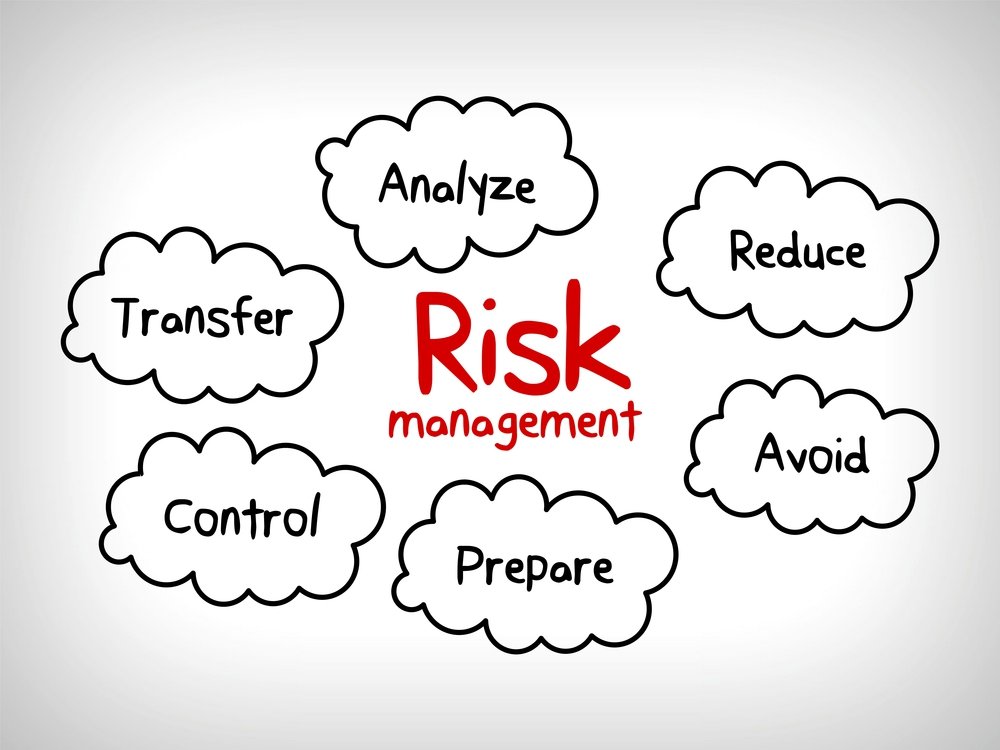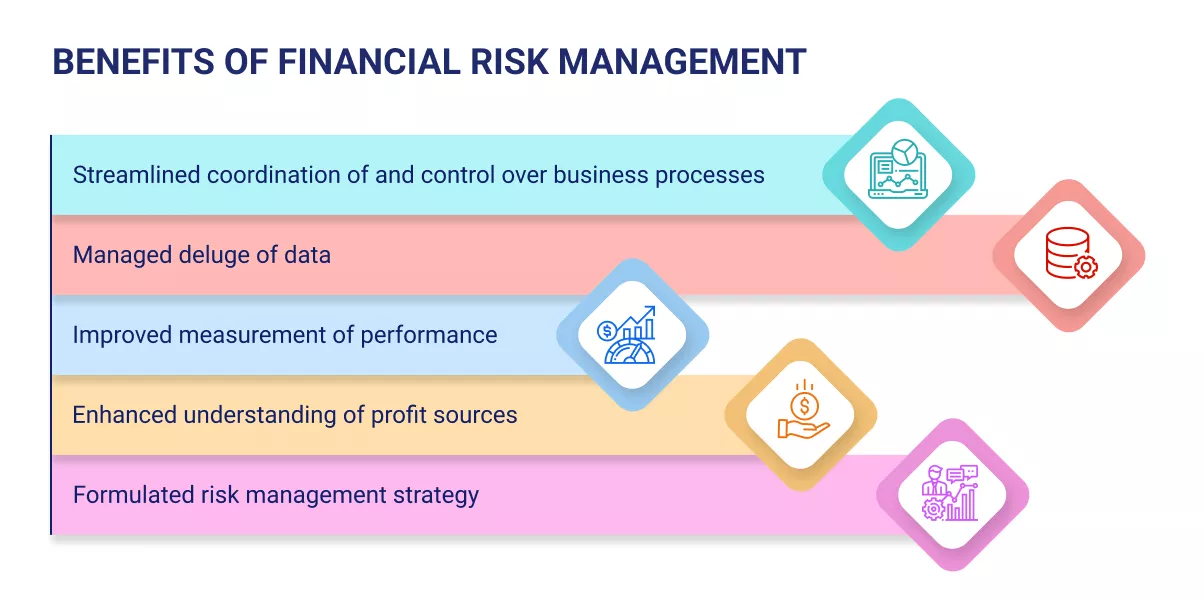Checking out the Importance of Risk Management for Effective Decision-Making Strategies
In the elaborate globe of service, Risk Management arises as a vital factor in the decision-making process. The capability to identify potential dangers and opportunities, and plan appropriately, can spell the distinction between success and failing.
Understanding the Idea of Risk Management
Risk Management, an important component in decision-making, is commonly misconstrued or oversimplified. Generally, it describes the recognition, assessment, and prioritization of threats to reduce, monitor, and control the possibility or impact of unfortunate occasions. It's not just concerning protecting against adverse end results, however likewise concerning identifying possible chances. Risk Management entails organized and regimented approaches, making use of information and insightful evaluations. It requires an extensive understanding of the organization's context, purposes, and the possible dangers that could thwart them. From economic unpredictabilities, legal responsibilities, strategic Management mistakes, to accidents and all-natural disasters, it deals with numerous dangers. Importantly, reliable Risk Management is not stagnant; it's a continual, positive process that advances with altering situations.
The Duty of Risk Management in Decision-Making Processes
In the realm of calculated planning and company procedures, Risk Management plays an integral duty in decision-making procedures. Risk Management therefore ends up being an important tool in decision-making, aiding leaders to make educated options based on an extensive understanding of the risks entailed. Risk Management offers as a crucial element in the decision-making processes of any organization.

Just How Risk Management Enhances Strategic Planning
In the context of calculated preparation, Risk Management plays a pivotal duty. Launching with the recognition of potential dangers, it better reaches the execution of Risk reduction steps. The role of Risk Management is dynamic yet not fixed, as it demands constant monitoring and adjusting of techniques.
Identifying Possible Threats

Executing Risk Reduction
Having actually developed the relevance of identifying potential risks, the next step is to check out Risk reduction. This procedure involves developing and executing methods to handle recognized threats effectively. It is a vital facet of calculated preparation as it boosts decision-making by minimizing possible negative results. Risk mitigation strategies can vary from Risk evasion, Risk transfer, to take the chance of reduction. Each method needs to be tailored to the specific Risk, considering its possible impact and the organization's Risk resistance. Effective Risk mitigation needs a deep understanding of the Risk landscape and the possible influence of each Risk. This understanding enables companies to focus on risks and allot sources properly, making certain that one of the most substantial hazards are resolved first.
Surveillance and Changing Approaches
Though Risk reduction is a crucial action in tactical preparation, continuous surveillance and modification of these strategies is similarly important. check this site out This continuous process permits companies to identify brand-new threats and reassess existing ones, making certain the executed strategies continue to be reliable in the ever-changing company environment. It additionally supplies a chance to assess the success of the Risk Management measures, enabling modifications to be made where necessary, more improving tactical planning. Effective tracking and change call for making use of analytics and essential performance indications (KPIs) to measure efficiency. These tools give beneficial data-driven insights that can educate strategic decision-making. Consequently, tracking and readjusting Risk Management strategies is an important part for boosting a company's strength and strategic planning.
Case Studies: Successful Risk Management and Decision-Making
In the world of company and finance, effective Risk Management and decision-making frequently serve as the pillars of flourishing ventures. These cases highlight the worth of astute Risk Management in decision-making procedures. These instances highlight the vital role of Risk Management in strategic decision-making.
Tools and Strategies for Effective Risk Management
These tools, such as Risk registers and warm maps, help in recognizing and evaluating possible risks. Risk response approaches, a vital component of Risk Management, involve accepting, staying clear of, moving, or mitigating threats. With these methods and devices, decision-makers can browse the complicated landscape of Risk Management, thereby helping with informed and reliable decision-making.
Future Trends in Risk Management and Decision-Making Techniques
As we check out the substantial landscape of Risk Management, it becomes noticeable that the tools and strategies used today will certainly continue to progress. The concept of Risk society, where every participant of a company is mindful and involved in Risk Management, will certainly obtain a lot more prestige. These trends declare an even more inclusive and positive strategy towards Risk Management and decision-making.
Final thought

Risk Management thus becomes an important tool in decision-making, aiding leaders to make educated choices based on a comprehensive understanding of the risks included. Risk reduction methods can vary from Risk avoidance, Risk transfer, to take the chance of reduction (importance of risk management). Efficient Risk mitigation requires a deep understanding of the Risk landscape and the prospective effect of each Risk. Risk feedback methods, a crucial component of Risk Management, entail accepting, avoiding, moving, or mitigating dangers. The principle of Risk society, where every member of a company is aware and included in Risk Management, will certainly acquire extra prominence
Comments on “The Wide-Spread Importance of Risk Management in International Supply Chains”